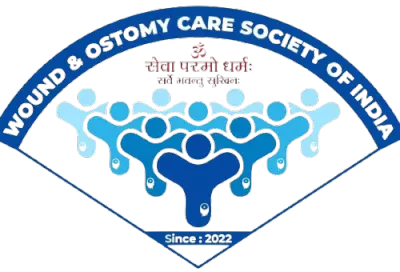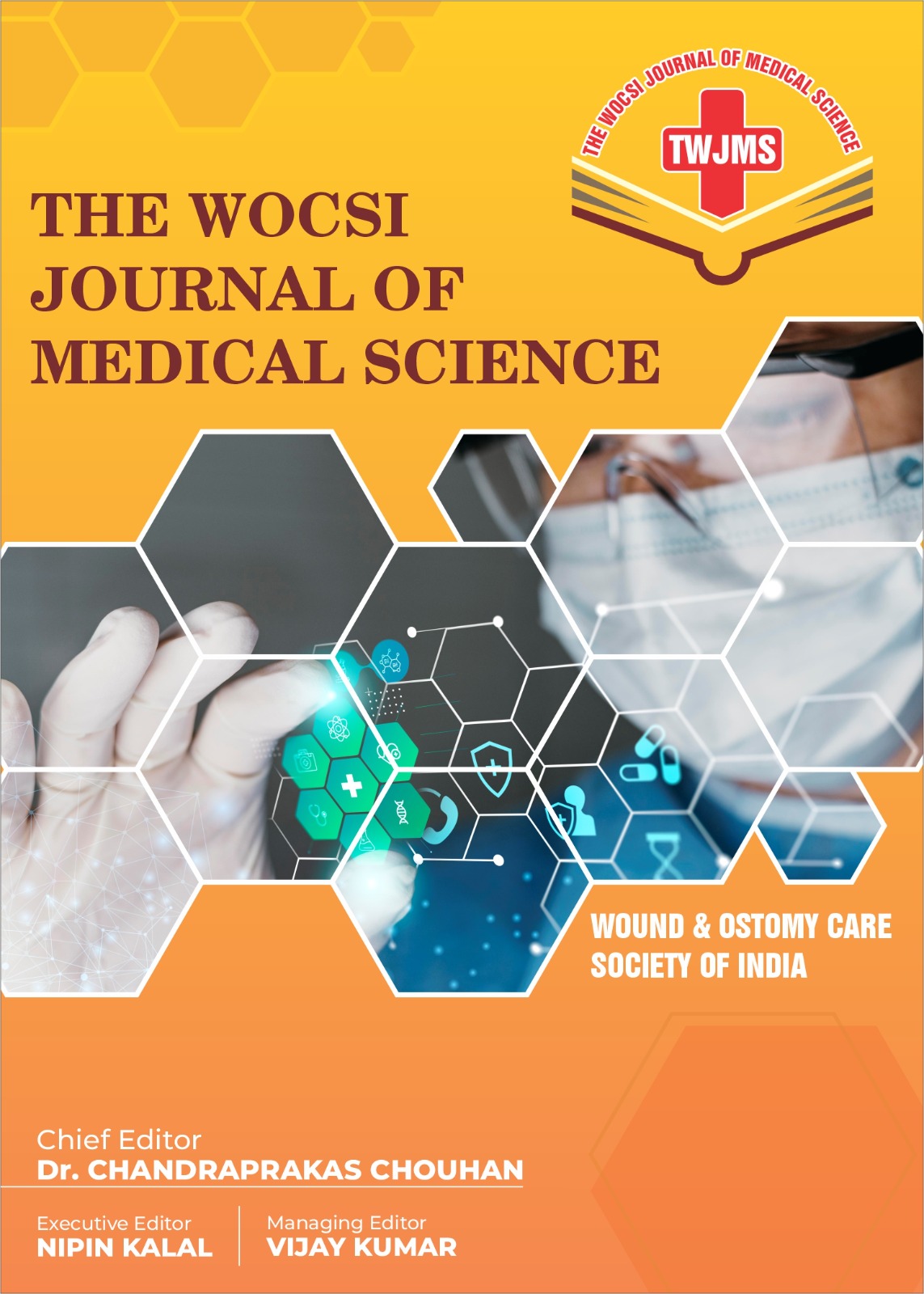To Assess The Knowledge Regarding Radiation Dermatitis Among Patient Relatives of Oncology Patients To prevention of Radiation Dermatitis
Main Article Content
Abstract
Aims and objective: The present study aimed to assess the levels of practices towards Radiotherapy induced skin reactions among attendants of cancer patients. Methodology: In present study, quantitative approach and descriptive research design were found suitable to answer the research question. The sample size was 100 attendants of cancer patients who receiving radiotherapy. The purposive sampling technique was applied for sample selection. Results: The study highlighted that the majority of attendants (29%) were from 31-40 years. The most of attendants (63%) were male while remaining 37% were female. As per relationship with patient, majority of the attendants (35%) were spouse followed by 32% were children. The findings communicated that out of 100 samples, majority of them (60%) were having average practice followed by 32% have good practices towards radiotherapy induced skin reactions. Only 8% were having below average practice towards radiotherapy induced skin reactions. Additionally educational qualification, previous experience of attendant, attendant working in health care sector and duration of illness of the patient were significantly associated with levels of practice. Conclusion: The majority of attendants were having average practices. There is need to enhance the existing practices of attendants of cancer patients towards radiotherapy induced skin reactions.
Article Details
References
- Pai SI, Westra WH. Molecular pathology of head and neck cancer: Implications for diagnosis, prognosis, and treatment. Annu Rev Pathol. 2009;4:49–70.
- Baxi SS, Sher DJ, Pfister DG. Value considerations in the treatment of head and neck cancer: Radiation, chemotherapy, and supportive care. Am Soc Clin Oncol Educ Book. 2014;16:e296–303.
- Jella KK, Garcia A, McClean B, Byrne HJ, Lyng FM. Cell death pathways in directly irradiated cells and cells exposed to medium from irradiated cells. Int J Radiat Biol. 2013;89:182–90.
- Dimri K, Pandey AK, Trehan R, Rai B, Kumar A. Conventional radiotherapy with concurrent weekly cisplatin in locally advanced head and neck cancers of squamous cell origin –A single institution experience. Asian Pac J Cancer Prev. 2013;14:6883–8.
- Krstevska V, Crvenkova S. Altered and conventional fractionated radiotherapy in locoregional control and survival of patients with squamous cell carcinoma of the larynx, oropharynx, and hypopharynx. Croat Med J. 2006;47:42–52.
- Devalia HL, Mansfield L. Radiotherapy and wound healing. Int Wound J. 2008;5:40e44.
- Nehal R. Khanna, Deepak P. Kumar, Sarbani Ghosh Laskar, Siddhartha Laskar, Radiation dermatitis: An overview in Indian Journals of Burns 10.4103/0971-653X.121877.
- Simard EP, Torre LA, Jemal A. International trends in head and neck cancer incidence rates: differences by country, sex and anatomic site. Oral oncology. 2014 May 31;50(5):387-403.


